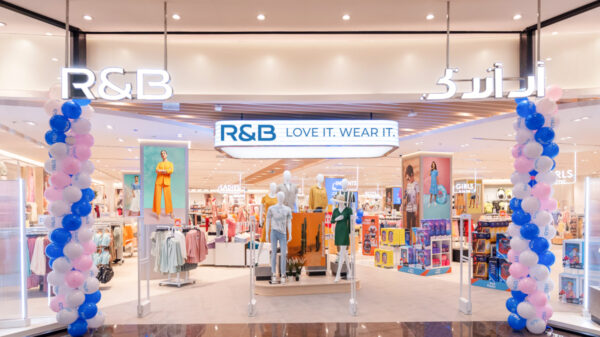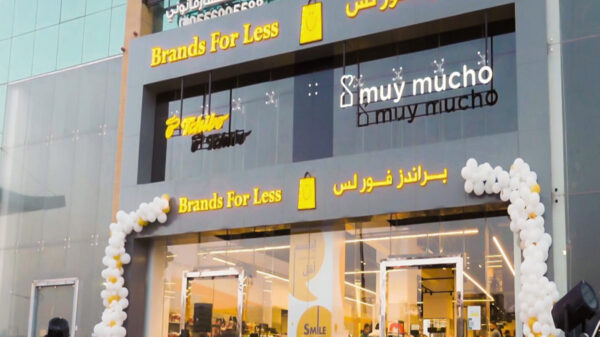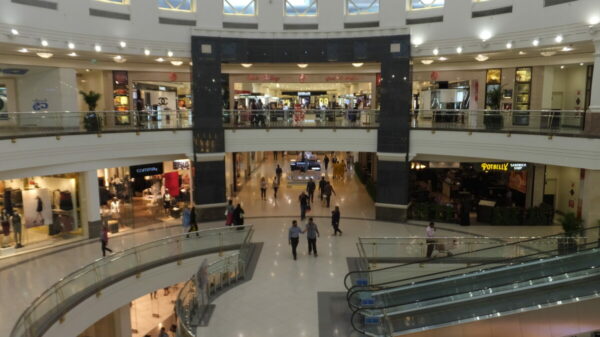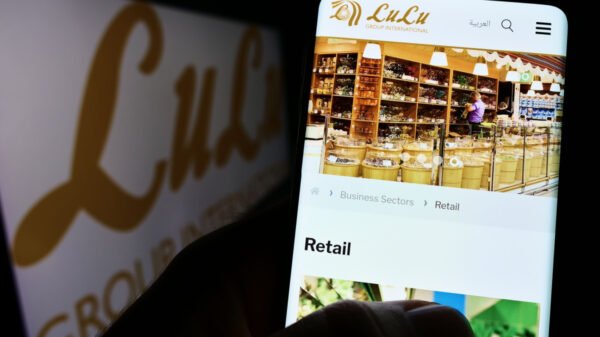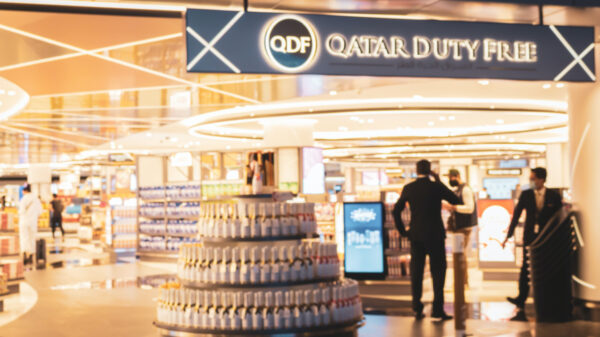While the global fashion industry is going through a rough patch in other regions, the outlook for the Middle East remains auspicious.
The region’s $89 billion fashion industry is forecast to grow at an unprecedented compound annual growth rate of seven per cent over the next five years, according to a new survey by BoF Insights, the data and analysis think tank at The Business of Fashion.
The report sheds light on the broader competitive landscape and identifies growth factors and customer profiles in the Middle East, focusing on the UAE and Saudi Arabia, which generate approximately half of the fashion industry revenues in the region.
According to the BoF survey of 2,000 male and female customers, about half of general UAE and Saudi consumers spend more than $1,000 per year on fashion items. For the highest earners in these countries, the figures stand at approximately $1,000 per month on average.
As the profile of the Middle East fashion customer is transforming apace, so too is their shopping mode. Dress cuts are rapidly changing as consumers eagerly embrace a contemporary Arab style — a fusion of local and western fashion. Noteworthy, as more women are entering the workforce, more options for leisure activities are springing up. Today, consumers in the UAE and Saudi Arabia spend 27 per cent and 43 per cent respectively of their fashion budgets on local traditional garments, while the majority stick to global or international styles.
Synonymous with status symbols, gags, jewellery and watches have been dominating the fashion scene in the region. However, clothes and footwear sales are predicted to significantly outpace the growth rate of accessories during the next five years, expected to increase at a compound annual growth rate of eight per cent against five per cent for accessories.
The changing business landscape is also playing a part, yielding more opportunities for global brands to explore different business models in the region.
Equally important, go-to-market strategies are efficiently adapting to a shifting regulatory environment. Traditionally, international brands needed local partners to venture into the region, which guaranteed benefits like access to new customers, on-the-ground business relationships and market intelligence.
In contrast, now, thanks to a proliferation of new government-endorsed free zones in the UAE, Saudi Arabia and other GCC states, international businesses can easily set up local headquarters and take advantage of attractive tax structures and other incentives. The network is expected to grow as local governments strive to diversify their economies beyond oil and gas.
Associate director of research and analysis at The Business of Fashion, Rawan Maki, said: “The Middle East has long been a high-spend market for fashion brands but amid tougher conditions in other markets as well as a local openness to expanding the fashion industry overall, the region is becoming even more attractive for fashion and retail executives.
“To leverage this, executives need a new playbook that addresses the fast-evolving aspirations and expectations of their customers in the Middle East.”

